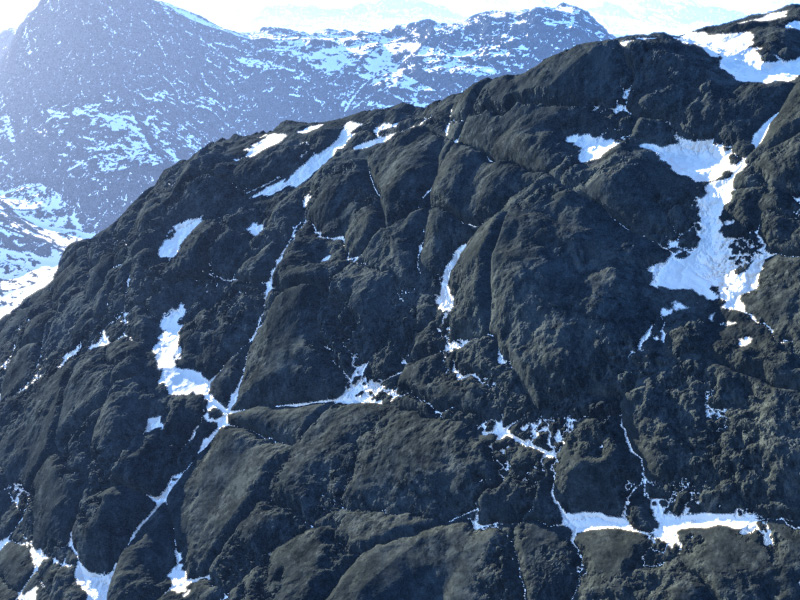

They had to create every single cloud and every passing wisp of vapour from the engine or off the edges of the sail. When something like a cloud is completely out of focus off in the distance, if it isn’t sitting in the in the proper spot in stereo space, you’ll suddenly have a soft fuzzy cloud popping off screen or sitting too far into the background.”

“In a volume of this size, given the amount of depth we had to convey, everything had to be 3D CG and had to be rendered,” said Jon. The team couldn’t employ some of the 2D techniques typically used for atmospherics, such as putting footage of clouds or smoke on cards. In the end, a huge number of these atmospherics was required, and creating and managing them became a major part of their work.Īdding atmospherics meant dealing directly with stereo requirements. They added some flex to the sails, for example, but what was most effective were the quantity of atmospheric elements the artists layered into the surrounding space.

At this height, of course, objects on the ground scarcely appear to be moving, and they needed a means to create more interest and a sense of motion and speed. The brief stipulated that the ship should move very fast, on an essentially straight line at a constant speed, and at an altitude of 10,000 feet. The total distance it flew through the sequence was approximately 60 miles, flying over a very large piece of land that the team had procedurally generated, on which they could move different hero landscape assets. The primary reason for this was working in stereo. Other parts of the vessel like the sails only existed as concept art and we had the flexibility and freedom to further develop the look, movement and energy pulses associated with them.” Modelling for the ship was done inside Maya and Mudbox, and at times with ZBrush.Īssets were built at a real-world scale, and so the distance and speed at which the Sailer travelled was also real. “As result, portions of the set, for example sections of the cargo pods, were shot live action that we, in turn, had to match in CG on our platform-only set. “While there were several practical set pieces for the Solar Sailer, no single, master set piece was made,” said DFX supervisor Jon Cowley. What its design needed was what the production called richness – subtle detailing to not only communicate the practical, technical nature of all elements inside TRON but also its large scale, a quality the base asset lacked. They were given three pieces of concept art for the Solar Sailer, along with a rough model used for previs. For example, in the Solar Sailer shots, they would be sitting on a platform on a small or partial set, which the artists would extend or attach to the main part of the ship. Most shots involved live action plates and within the world of TRON, the actors were always shot on blue screen. Similarly, the environments started with initial concepts, but they added more style frames and had the freedom to work on further concepts, exchanging ideas with Eric Barba, the production VFX Supervisor from Digital Domain. Their major asset, the Solar Sailer, was based on the Digital Domain Art Department’s concept, which they could revamp, paint over or give more detail to.
#TERRAGEN 2 DEEP EDITION PLUS#
From here, they take off in the Solar Sailer on their journey across a vast plane for which almost all shots required mixing live action with CG, plus some all CG shots. Prime Focus’ work centred on a 13 minute sequence, starting at the top of a tower at the End of Line Club from where the characters step into an elevator that suddenly plummets straight down to the base of the tower to a space called the Sub Level. Because Digital Domain had been directly with production from the start, Prime Focus' artists could focus immediately these tasks instead of first undertaking an extensive R&D and concept stage as they normally would. For others, there was next to none and they needed to flesh out their shots according to the established rules. In some cases, the team had plenty of concept art. The way the world of TRON was built and looked was critical to the production and all vendors had a very clearly defined set of rules to follow. Their brief combined specific demands with opportunities to contribute to the design and look development of their assets and shots. Prime Focus was among the last officially awarded vendors on TRON and started work in February and March 2010.


 0 kommentar(er)
0 kommentar(er)
